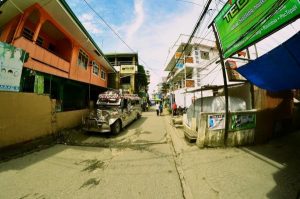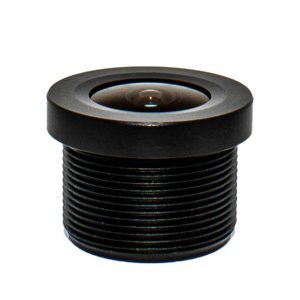광각 렌즈는 인물 사진에 적합합니까?? 광각렌즈의 결상원리와 특성
1、인물 사진에 적합한 광각 렌즈입니다.?
대답은 대개 '아니요'입니다., 광각 렌즈는 일반적으로 인물 사진 촬영에 적합하지 않습니다.. 광각 렌즈, 이름에서 알 수 있듯이, 시야가 더 넓으며 사진에 더 많은 풍경을 포함할 수 있습니다., but it will also cause distortion and deformation of the characters in the picture.
That is to say, using a wide-angle lens to shoot portraits may deform the facial features of the characters. 예를 들어, the proportions of the head and body look larger, and the lines of the face will also be elongated and distorted. This is not an ideal choice for portrait photography.
If you need to take portraits, it is recommended to use a medium focal length or telephoto lens to achieve a more realistic and natural three-dimensional portrait effect. 그래서, what is a wide-angle lens suitable for shooting?
A wide-angle lens has a shorter focal length, usually between 10mm and 35mm. Its field of view is larger than what the human eye can see. It is suitable for shooting some crowded scenes, wide landscapes, and photos that need to emphasize depth of field and perspective effects.

Wide-angle lens shooting examples
Due to its wide field of view, a wide-angle lens can capture more elements, making the picture richer and more layered. A wide-angle lens can also bring objects both far and near into the picture, giving a sense of openness. 그러므로, wide-angle lenses are often used to shoot buildings, city street scenes, indoor spaces, group photos, and aerial photography.
2、The imaging principle and characteristics of wide-angle lenses
The imaging of a wide-angle lens achieves a wide-angle effect through the design of the lens system and the projection angle of the light (by passing the light through a specific lens system, the scene far away from the central axis is projected onto the camera’s image sensor or film), thereby enabling the camera to capture to a broader perspective. This principle is widely used in photography, advertising and other fields.
We can understand the imaging principle of wide-angle lenses from the following aspects:
Lens system: Wide-angle lenses typically use a combination of shorter focal length and larger diameter lenses. This design allows the wide-angle lens to collect more light and transmit it efficiently to the camera’s image sensor.
Aberration control: Due to the special design, wide-angle lenses are often prone to aberration problems, such as distortion, dispersion, 등. To address these issues, manufacturers use various optical components and coating technologies to minimize or eliminate these adverse effects.
Projection angle: A wide-angle lens achieves a wide-angle effect by increasing the angle between the scene and the central axis of the lens. In this way, more scenery will be included in the image at the same distance, showing a wider field of view.

The wide-angle lens
In practical applications, we need to choose an appropriate wide-angle lens based on specific photography needs and scenes. 이 게시물 공유, the imaging characteristics of wide-angle lenses are as follows:
Perspective distortion: When shooting close objects with a wide-angle lens, perspective distortion occurs, which means that in the captured image, nearby objects will appear larger, while distant objects will appear smaller. The effect of perspective distortion can be used to create a unique visual effect, such as exaggerating perspective and emphasizing foreground objects.
Broad field of view: A wide-angle lens can capture a wider field of view and can capture more scenery or scenes. 그러므로, wide-angle lenses are often used to shoot scenes such as landscapes, buildings, indoors, and crowds that need to show a sense of wide space.
Curved edges: Wide-angle lenses are prone to edge distortion or curved effects, especially on the horizontal and vertical edges. This is due to the physical limitations of lens design and can sometimes be used to deliberately create a special effect or visual language.
Extended depth of field: A wide-angle lens has a smaller focal length, so it can produce a larger depth of field, that is, both the front and rear scenery can maintain a relatively clear image. This property makes wide-angle lenses very useful in shots where the overall depth of the scene needs to be emphasized.

